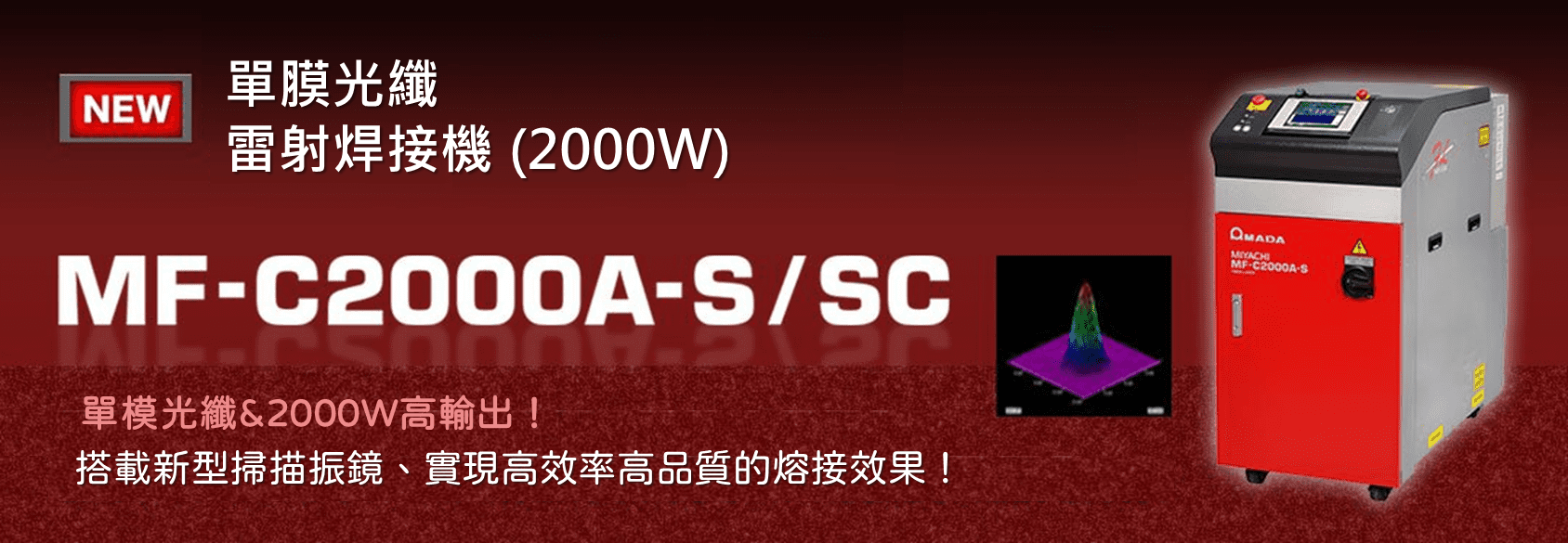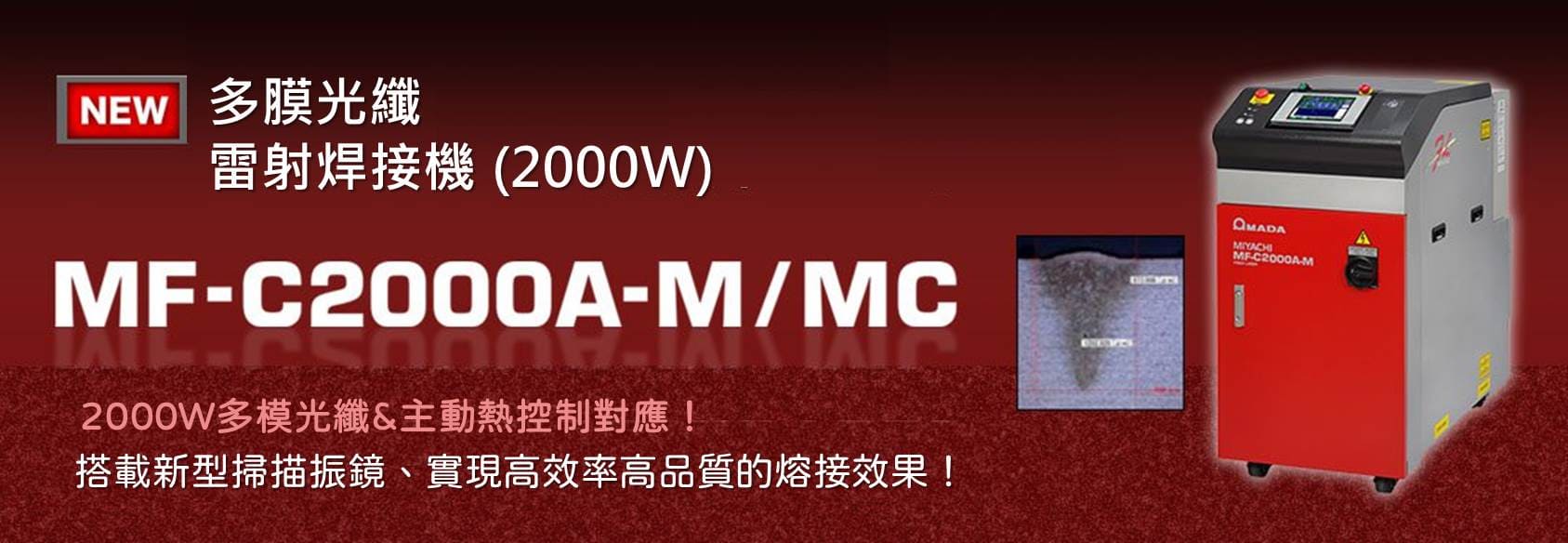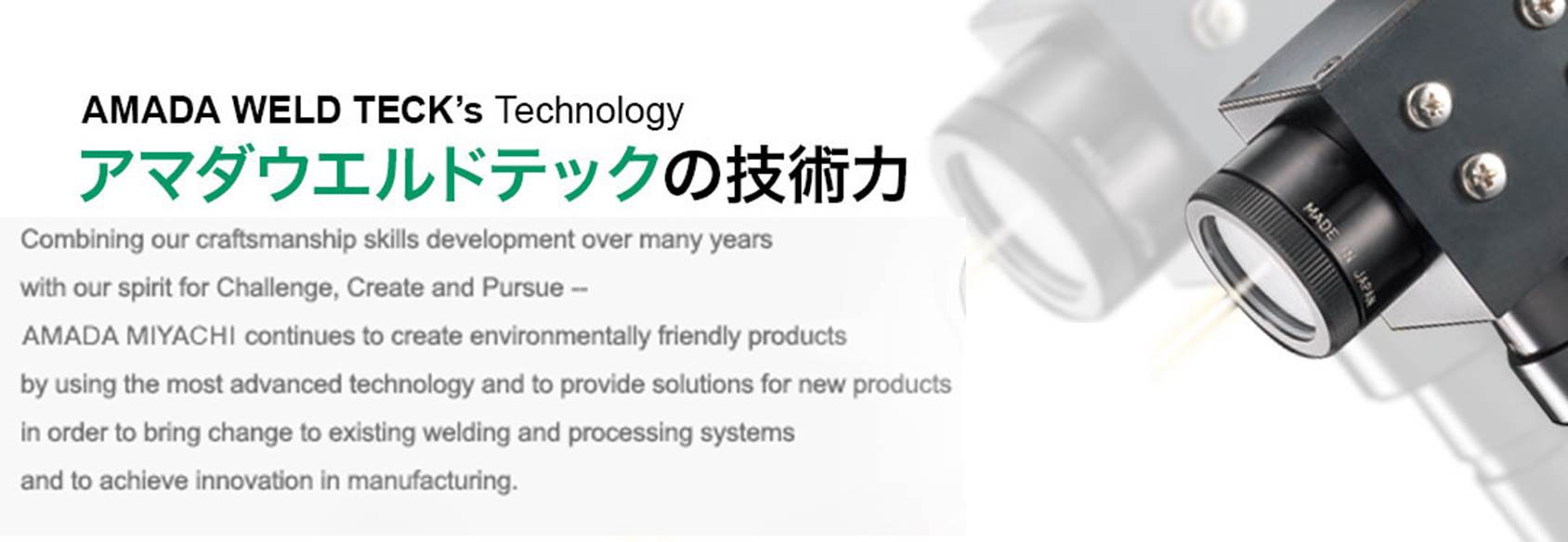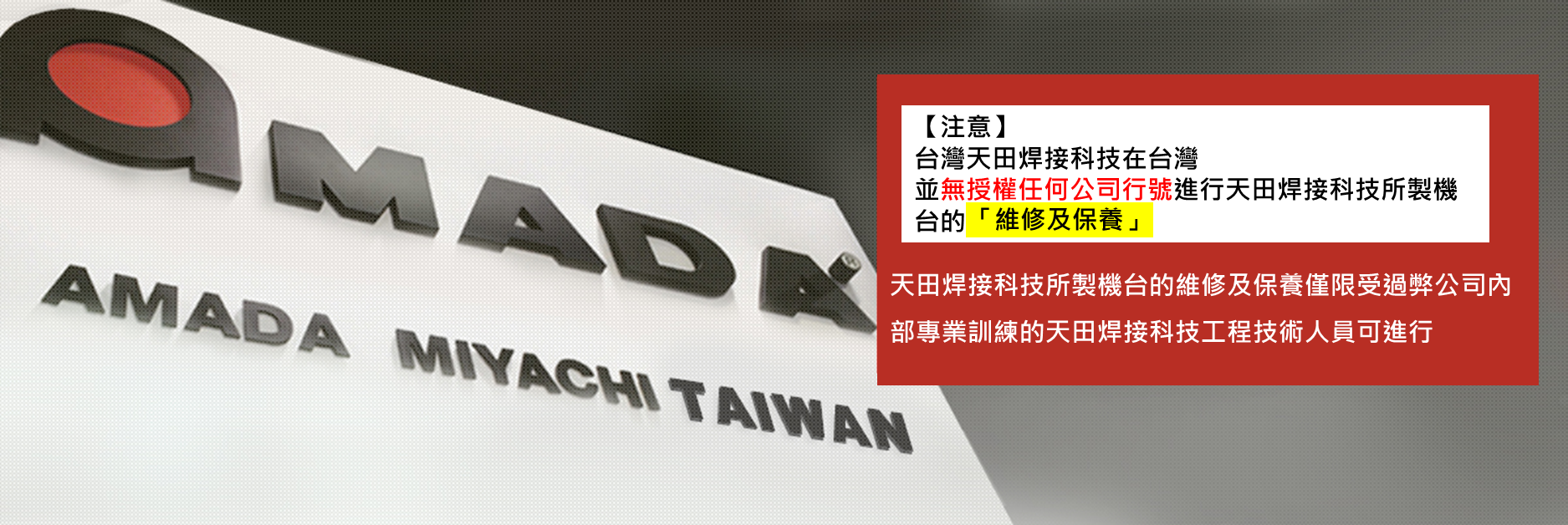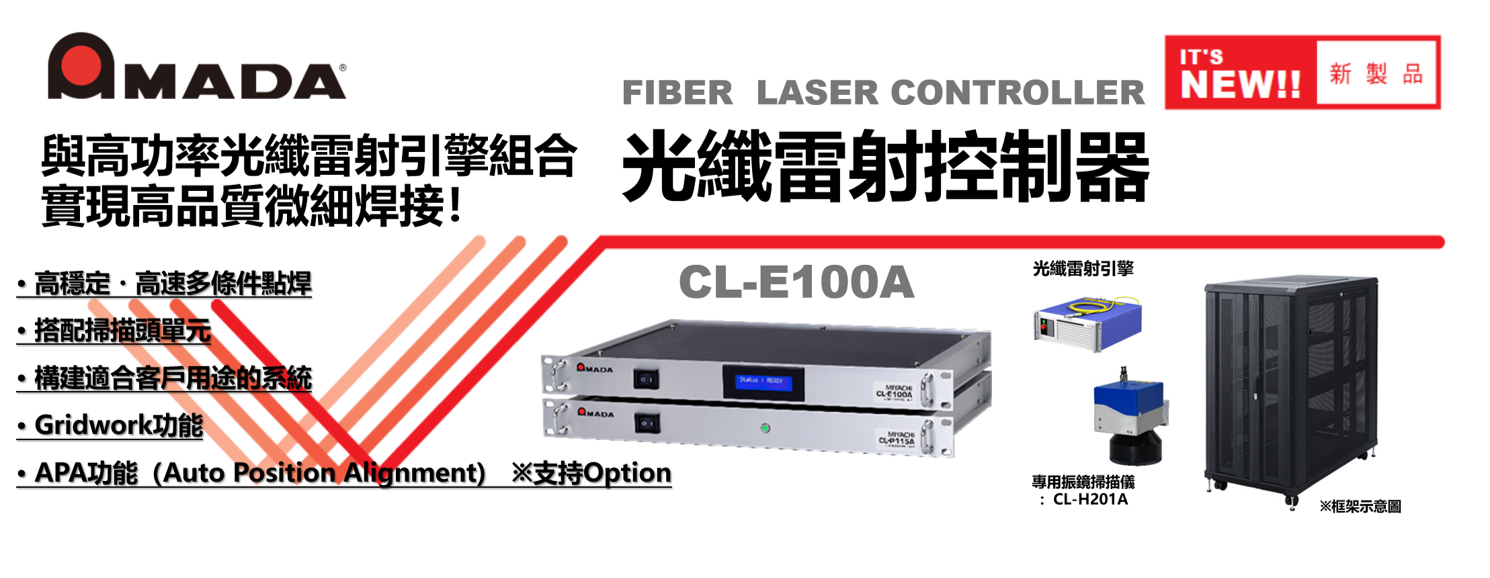Laser Welding
Laser Welding
About Laser Welding
- Q1.
- What is the feature of YAG laser?
- A.
-
YAG laser is generated when a YAG (yttrium-aluminum-garnet) crystal is excited. A YAG crystal is regarded as one of the most excellent one because it shows various oscillation forms and also presents excellent optical characteristics.
- - Transmittable through an optical fiber.
- The YAG laser light is transmitted using optical fibers, resulting in easy remote processing and simplified system.
The laser can be set up easily in factory automated system. A single unit offers simultaneous multipoint welding (power-sharing delivery welding) and time-scheduled welding (time-sharing delivery welding) At present, no optical fiber can transmit a high-power CO2 laser light for laser processing. - - Invisible light.
- Laser light is near infrared light of 1064 nanometer (1.064 micrometer) wavelength; it is invisible.
- - Suitable for micro-processing.
- The YAG laser does not diverge but proceeds straight. As the wavelength (1.06μm) is one tenth of CO2 laser wavelength (10.6μm), the YAG laser can be focused to a fine beam, leading to micro-processing.
- Q2.
- What is the feature of laser welding?
- A.
-
The features of the laser welding are:
Not only metal but also plastic can be laser welded.- Ultra-precision processing.
- Less deformation of workpiece owing to non-contact processing.
- No electrode is required unlike resistance welding.
- Capable of welding different metals, and also non-conductive materials.
- No heat distortion owing to short period of joining time.
- Q3.
- When an optical fiber is replaced with a finer fiber under the same conditions, beam is more focused. Is the density of power increased?
- A.
- Yes, power density increases. If energy is constant, the smaller the projection area is, the higher the density is; however, you must use caution in the fact that only smaller amount of laser energy can be inputted to smaller area of the end of fiber.








